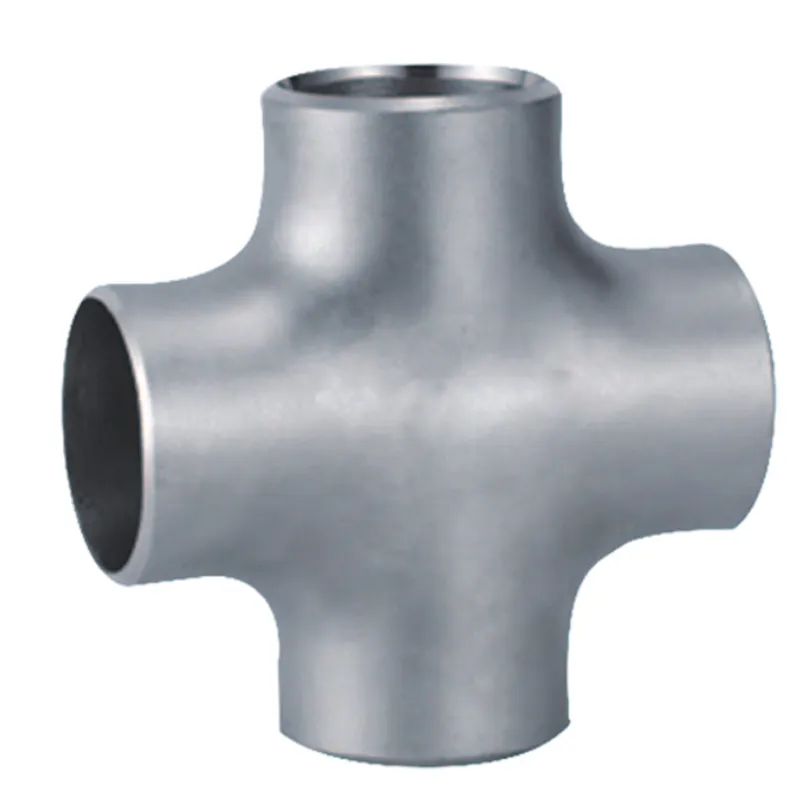-
Cangzhou Yulong Steel Co., Ltd.
-
Phone:
+86 13303177267 -
Email:
admin@ylsteelfittings.com
- English
- Arabic
- Italian
- Spanish
- Portuguese
- German
- kazakh
- Persian
- Greek
- French
- Russian
- Polish
- Thai
- Indonesian
- Vietnamese
- Zulu
- Korean
- Uzbek
- Hindi
- Serbian
- Malay
- Ukrainian
- Gujarati
- Haitian Creole
- hausa
- hawaiian
- Hebrew
- Miao
- Hungarian
- Icelandic
- igbo
- irish
- Japanese
- Javanese
- Kannada
- Khmer
- Rwandese
- Afrikaans
- Albanian
- Amharic
- Armenian
- Azerbaijani
- Basque
- Belarusian
- Bengali
- Bosnian
- Bulgarian
- Catalan
- Cebuano
- China
- China (Taiwan)
- Corsican
- Croatian
- Czech
- Danish
- Esperanto
- Estonian
- Finnish
- Frisian
- Galician
- Georgian
- Kurdish
- Kyrgyz
- Lao
- Latin
- Latvian
- Lithuanian
- Luxembourgish
- Macedonian
- Malgashi
- Malayalam
- Maltese
- Maori
- Marathi
- Mongolian
- Myanmar
- Nepali
- Norwegian
- Norwegian
- Occitan
- Pashto
- Dutch
- Punjabi
- Romanian
- Samoan
- Scottish Gaelic
- Sesotho
- Shona
- Sindhi
- Sinhala
- Slovak
- Slovenian
- Somali
- Sundanese
- Swahili
- Swedish
- Tagalog
- Tajik
- Tamil
- Tatar
- Telugu
- Turkish
- Turkmen
- Urdu
- Uighur
- Welsh
- Bantu
- Yiddish
- Yoruba

Dec . 29, 2024 10:07 Back to list
flange plate steel
Understanding Flange Plate Steel Applications, Benefits, and Characteristics
Flange plate steel, an essential component in the construction and manufacturing industries, serves as a fundamental building block for various structural applications. Typically characterized by its flat surface and various thicknesses and sizes, flange plates are often used to create connections and support structures, contributing significantly to structural integrity and performance. This article explores the characteristics, applications, and benefits of flange plate steel.
Characteristics of Flange Plate Steel
Flange plate steel is made from high-quality carbon steel or stainless steel, providing strength, durability, and resistance to wear and corrosion. The plates can be produced in a variety of grades to meet specific engineering requirements, including structural grades that comply with standards such as ASTM A36 and ASTM A992. A major feature of these plates is their versatility; they can be produced in custom sizes, thicknesses, and lengths according to project specifications.
Mechanical properties of flange plate steel include high tensile strength, fatigue resistance, and excellent weldability. These attributes make it suitable for various applications, whether it’s used in heavy construction, shipbuilding, or industrial machinery. Furthermore, the surface finish of flange plates can be customized to ensure compliance with aesthetic and performance standards.
Applications of Flange Plate Steel
Flange plate steel is widely used across multiple industries, thanks to its adaptability and strength. Here are some of the most common applications
1. Structural Support Flange plates are fundamental in constructing beams and columns that provide necessary support in buildings, bridges, and other infrastructures. They help distribute loads efficiently, ensuring safety and stability.
2. Manufacturing and Fabrication Many manufacturing processes utilize flange plates as a base for machinery or as part of complex assemblies. They are crucial in creating frameworks for various equipment, promoting both structural reliability and operational efficiency.
3. Marine Applications In shipbuilding, flange plate steel is used to manufacture hulls and other critical structural components. Its resistance to corrosion makes it an ideal choice for marine environments, where exposure to harsh conditions is common.
4. Transport and Heavy Equipment Flange plates are employed in the design of heavy machinery and transport vehicles. They contribute to the overall strength and durability required for devices that endure significant stress and load.
flange plate steel

5. Bridges In bridge construction, flange plates are used as vital components of trusses, girders, and other critical structures. Their ability to handle tensile and compressive forces effectively is essential for ensuring safety and longevity.
Benefits of Using Flange Plate Steel
The choice of flange plate steel offers numerous advantages, making it a preferred material in many applications
1. Durability Flange plate steel provides exceptional durability and longevity, reducing the need for frequent repairs or replacements. This quality is particularly beneficial in large-scale projects where maintenance can be costly and time-consuming.
2. Cost-Effectiveness Despite the initial investment, the durability and low maintenance requirements of flange plate steel yield significant cost savings over time. Its capacity for recycling also makes it an environmentally friendly option.
3. Design Flexibility The availability of various sizes, thicknesses, and grades allows engineers and designers to tailor flange plates to meet specific project requirements. This adaptability enhances design innovation and project efficiency.
4. Strength-to-Weight Ratio Flange plates exhibit a favorable strength-to-weight ratio, allowing for the design of lighter structures without compromising on strength. This feature is particularly advantageous in industries where weight reduction can lead to improved performance.
5. Easy Fabrication and Installation Flange plate steel can be easily cut, welded, and formed into the desired shapes, facilitating efficient fabrication and installation processes. This ease of use contributes to faster project completion and reduced labor costs.
Conclusion
In conclusion, flange plate steel is a versatile and essential material in modern construction and manufacturing. Its unique characteristics, wide range of applications, and numerous benefits make it a reliable choice for engineers and fabricators alike. As infrastructure continues to evolve and demand for high-quality materials increases, flange plate steel will undoubtedly remain a cornerstone of structural integrity and innovation. Understanding its properties and applications can help stakeholders make informed decisions that contribute to the success of their projects.
Latest news
-
ANSI 150P SS304 SO FLANGE
NewsFeb.14,2025
-
ASTM A333GR6 STEEL PIPE
NewsJan.20,2025
-
ANSI B16.5 WELDING NECK FLANGE
NewsJan.15,2026
-
ANSI B16.5 SLIP-ON FLANGE
NewsApr.19,2024
-
SABS 1123 FLANGE
NewsJan.15,2025
-
DIN86044 PLATE FLANGE
NewsApr.19,2024
-
DIN2527 BLIND FLANGE
NewsApr.12,2024
-
JIS B2311 Butt-Welding Fittings LR/SR 45°/90° /180°Seamless/Weld
NewsApr.23,2024











